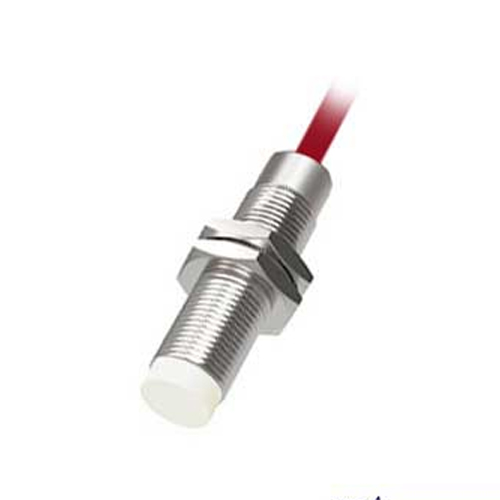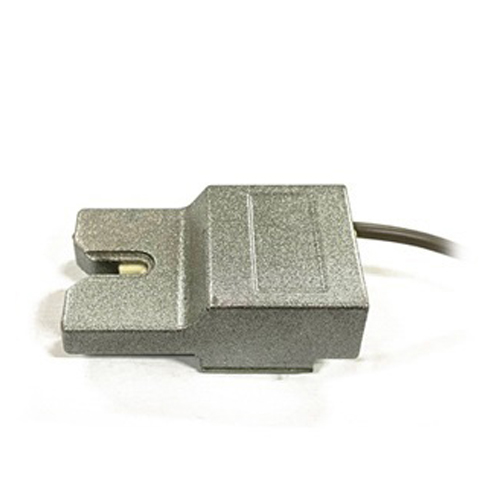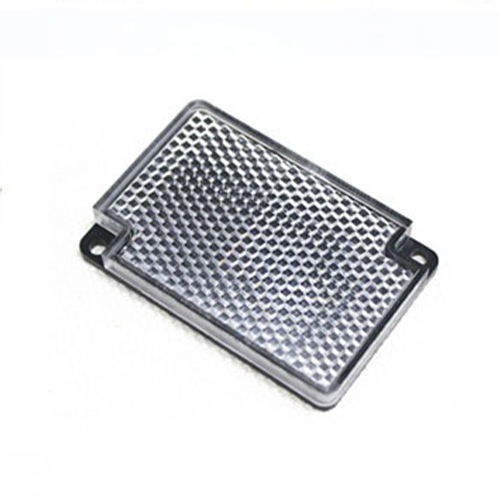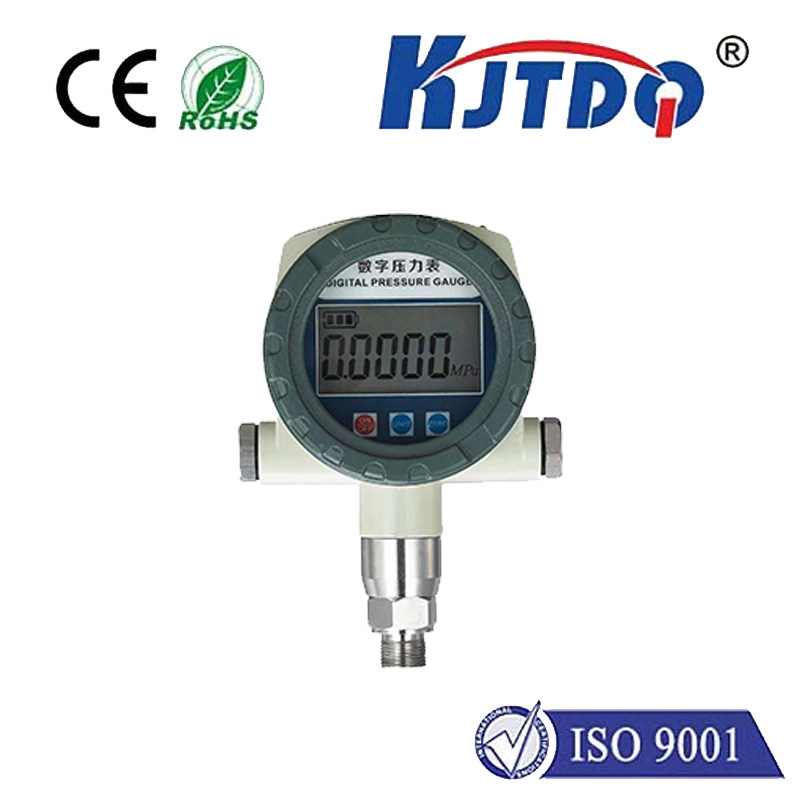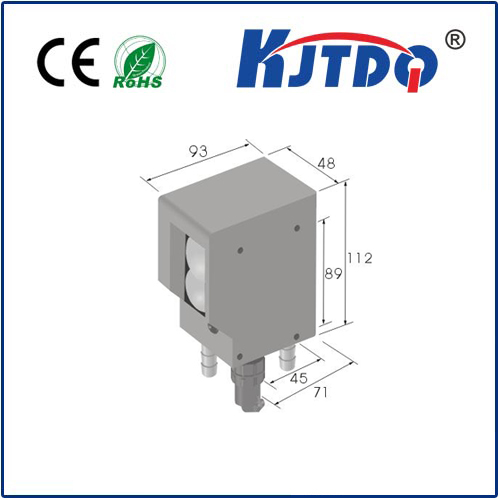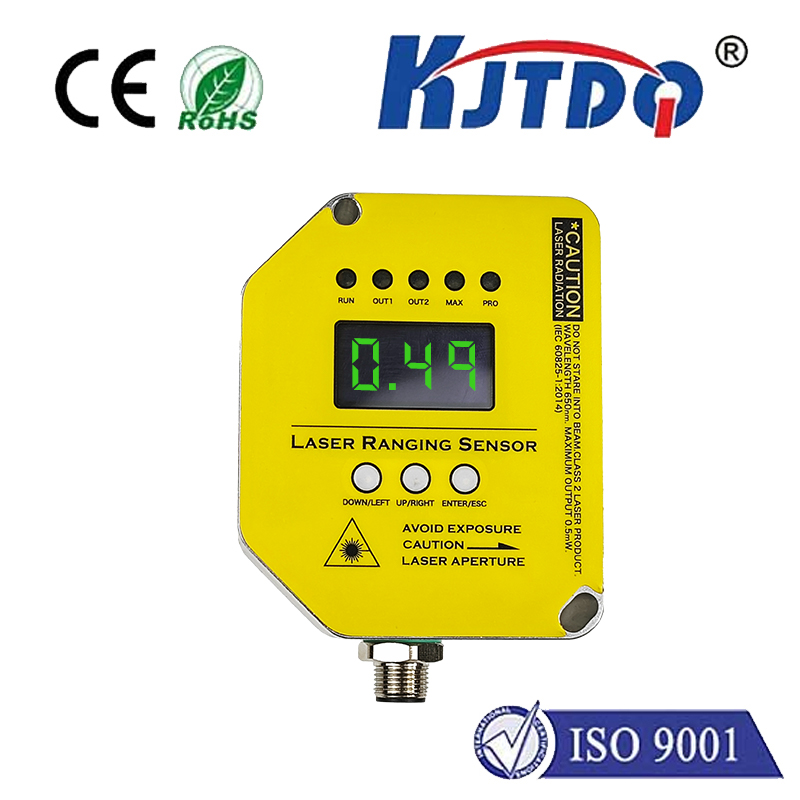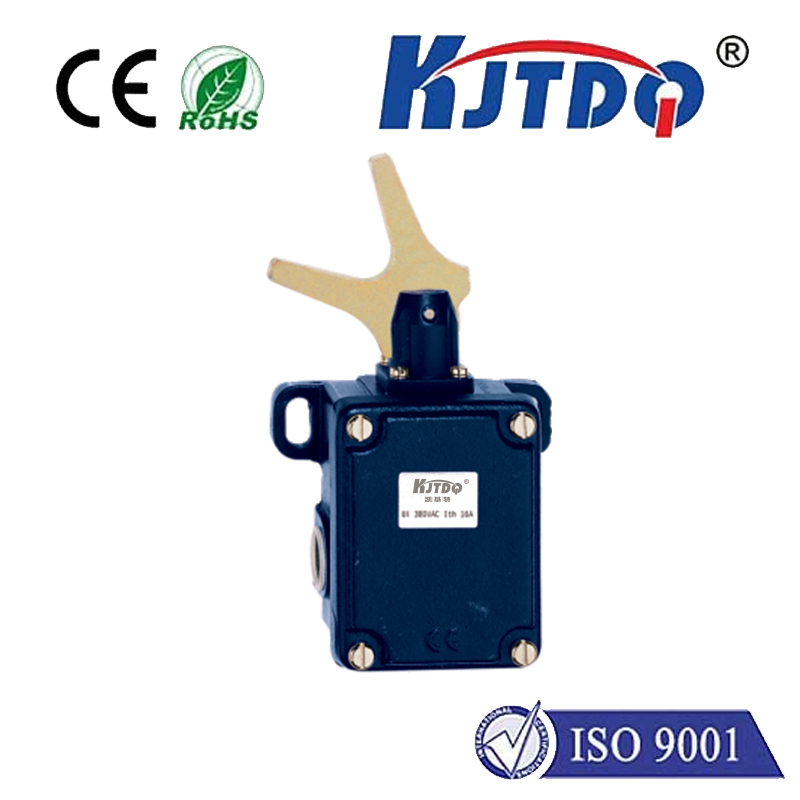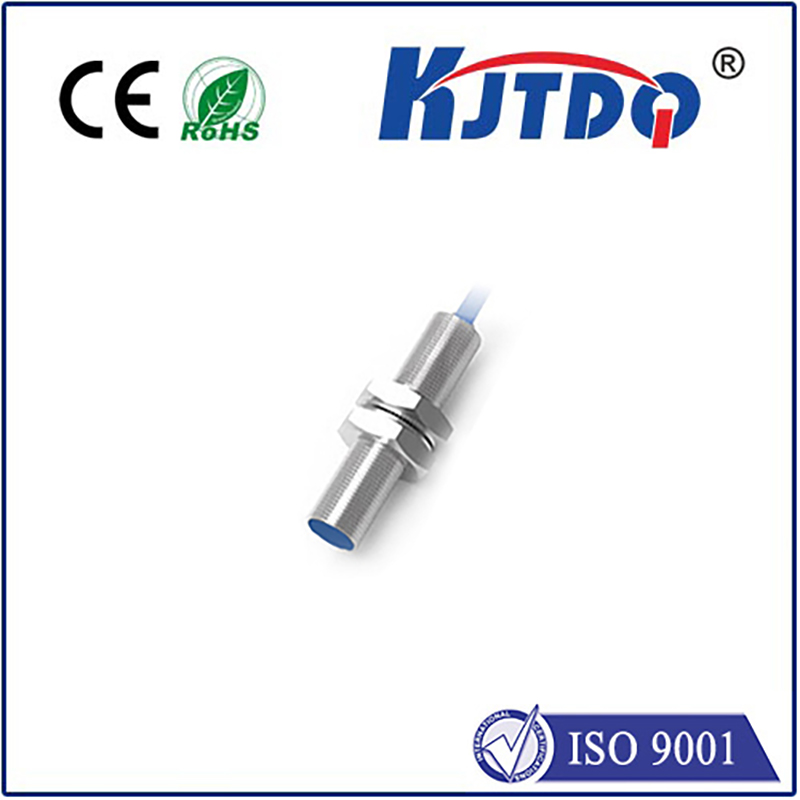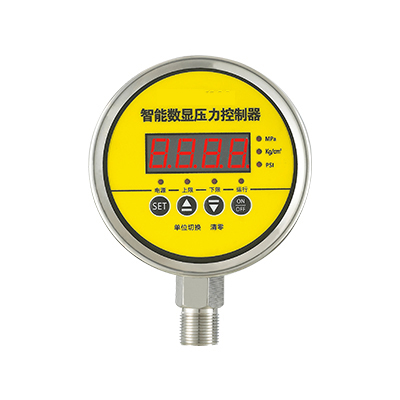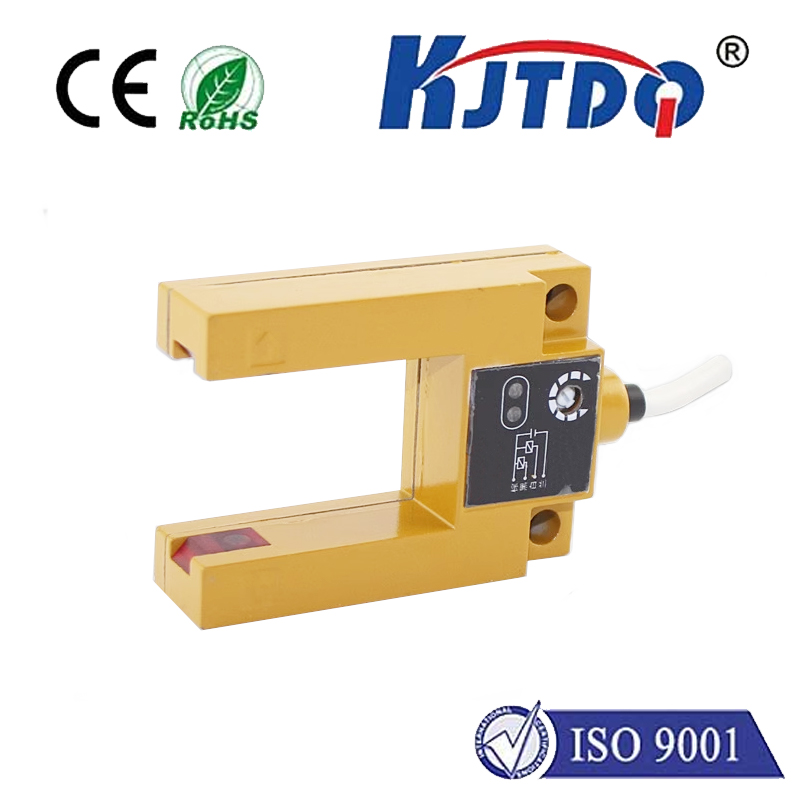

check

check

check

check

check

check

check

check

check

check
Introduction:
The advent of low profile proximity sensors has revolutionized the way we interact with technology. These tiny sensors, measuring less than a few millimeters in diameter, have transformed industries ranging from automotive to healthcare, by providing accurate and reliable proximity sensing capabilities. In this article, we explore the significance of these sensors, their design principles, and applications in various sectors.
Design Principles:
Low profile proximity sensors are designed to operate without drawing attention to themselves. They are typically made up of a small chip and an infrared LED or photodiode, enclosed in a thin metal housing. The sensor emits an IR beam that bounces off objects, allowing it to determine distance and proximity. The reflected IR light is then captured by the receiver, which processes the data and sends a signal indicating the object's presence or absence.
Applications:
One of the most significant advantages of low profile proximity sensors is their ability to work in close quarters without interrupting the user experience. This makes them ideal for use in applications where space is limited, such as in smart homes, wearable devices, and IoT systems. Some examples of common applications include:
1. Keyless entry systems: Low profile proximity sensors can be used to automatically unlock doors or grant access to restricted areas based on a user's presence.
2. Medical devices: These sensors can detect the proximity of medical devices, such as pacemakers or insulin pumps, helping patients manage their conditions more effectively.
3. Automotive safety: Low profile proximity sensors can be integrated into car seats to alert drivers and passengers when an object is too close for comfort or safety purposes.
4. Industrial automation: In manufacturing settings, these sensors can be used to monitor the movement of machines and prevent collisions or other accidents.
Conclusion:
In conclusion, low profile proximity sensors have opened up new possibilities for industries seeking to create smarter, more efficient solutions while minimizing space and energy consumption. As technology continues to advance, we can expect these sensors to become increasingly sophisticated and versatile, paving the way for even more innovative applications in the future.
